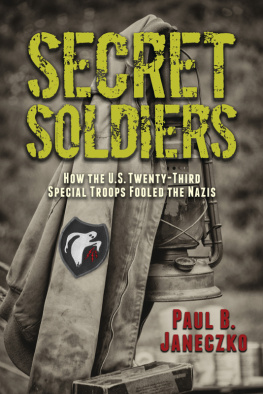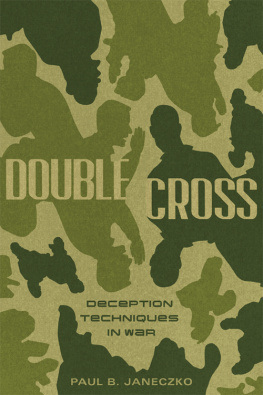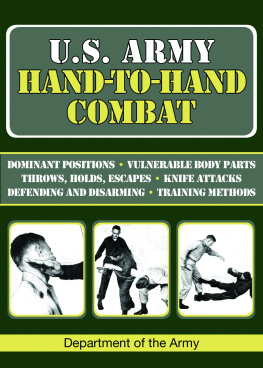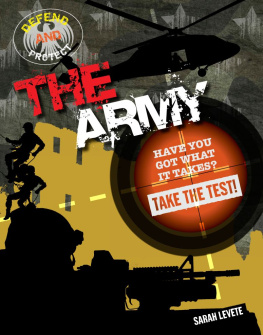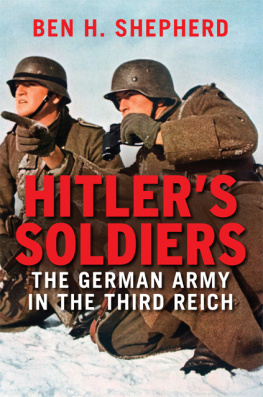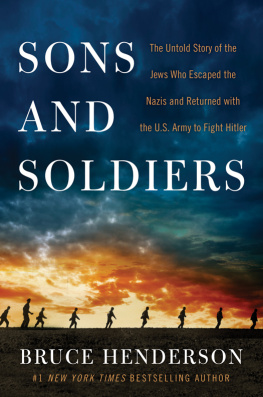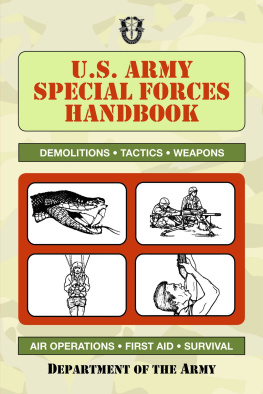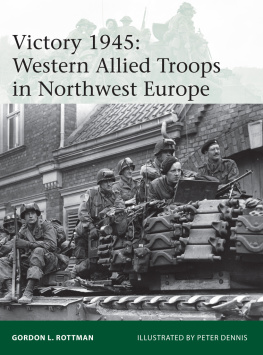

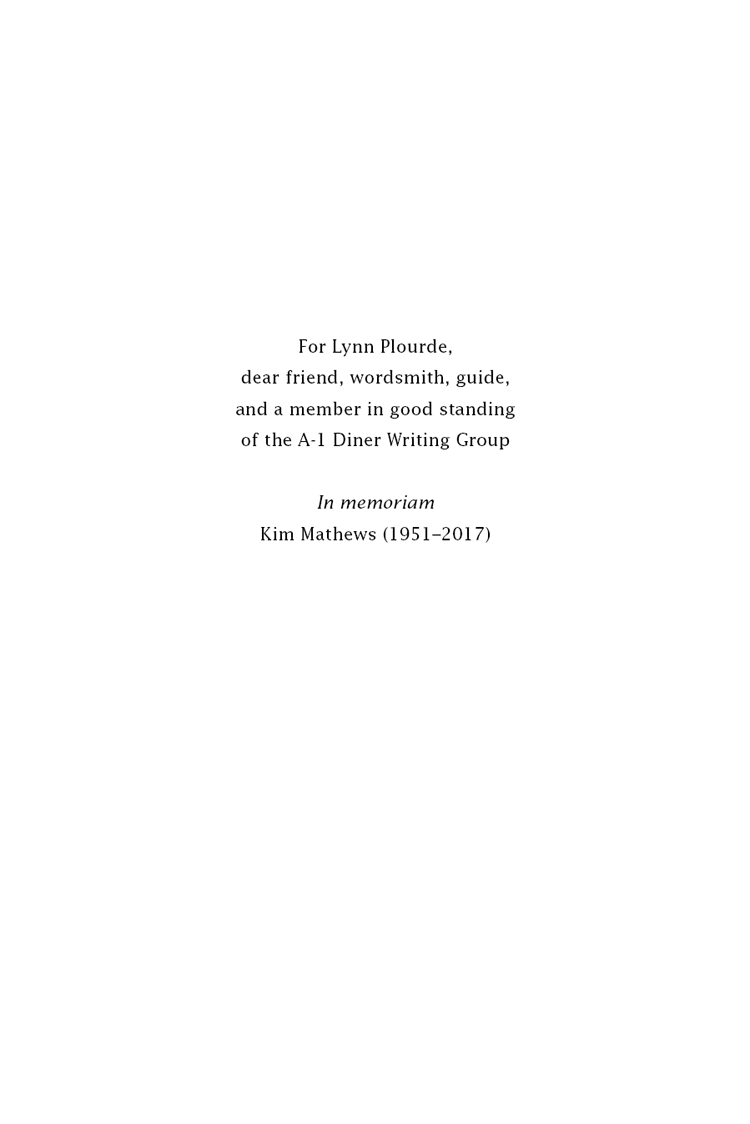
1944: The large army truck stopped at the swing gate, its engine idling in the frigid February night while its headlights lit up a sign:

The men sitting in the back of the truck had little idea why theyd been brought to Pine Camp, a huge army base in northern New York State, about fifteen miles from the Canadian border. The men knew that they had been chosen for this assignment because of the high scores they had achieved on the mechanical and mental aptitude tests when they were accepted into the Army Specialized Training Program (ASTP). The soldiers had been personally interviewed and selected by Colonel Hilton Howell Railey, the commanding officer (CO) of Pine Camp and, by many accounts, the most popular and interesting of the officers in the program. The swing gate lifted as the driver jammed the transmission into first gear and the truck lurched into the Army Experimental Station.
One of the men who had arrived at Pine Camp was Lieutenant Richard Syracuse, a tall, muscular man with a flamboyant manner who was commissioned as an officer at age twenty. Like the others in the truck, he had no idea why they had been recruited and brought to this out-of-the-way base. As an officer, he wanted to know what his assignment would be at Pine Camp.
Syracuse reported to Colonel Raileys office. But before he could get an explanation from his CO, Railey told the young lieutenant to follow him.
The two drove to an observation point on a remote hill, where they waited in the quiet darkness. Then out of the night came the distant rumbling of a powerful diesel engine. A tank! Then another. More tank engines snarled to life in the darkness, the vehicles apparently crawling up the hill toward their position. Syracuse stared into the distance, following the growing roar of dozens of tanks. Did he see the tanks? Did he see shadowy forms... emerging from the tree line? Many years later, Syracuse still remembered what happened next. Suddenly my ears are telling my eyes that there are tanks out there, he recalled. Is it possible for your ears to tell your eyes to see something?
But there were no tanks rumbling up that hill in the snowy night. And that, Syracuse found out, was what the AES was all about. Creating sonic deceptions. Using the sounds of war machines and equipment and troops as part of a deception operation that would fool the German army into believing what their ears told them.
The sonic unit training at the Army Experimental Station at Pine Camp, New York, was but one of four units of the Twenty-Third Headquarters Special Troops. The other units were a camouflage battalion, a signal operations company, and a combat engineer company, all of which were being trained at Camp Forrest, Tennessee. The Twenty-Third included actors, painters, set designers, camouflage experts called camoufleurs, and assorted tricksters. Their ultimate mission was to move into an area, secretly take the place of a fighting unit, and then with their bag of tricks, including inflatable tanks, pyrotechnics, camouflage, spoof radio plays, special effects, and sonic deception pretend they were the unit they had replaced.
In the meantime, the fighting unit would circle around the German troops and attack them from behind or at their flank. In the words of one of its officers, Fred Fox, the Twenty-Third was more theatrical than military... like a traveling road show, which would, over the course of the war, perform more than twenty times in the European Theater of Operations (ETO), impersonating real fighting units.
But how, as World War II loomed, did the United States decide that it needed such a deception unit? The U.S. military had long held, after all, that deception in war was underhanded, somehow un-American. How did the army find the men with the artistic talents to be part of the camouflage unit of the Twenty-Third? Where did they find the men with sonic expertise to reproduce the sounds of battle? Who were the communications troops who would create and broadcast fake messages? And who were the commanding officers who got the four units of the Twenty-Third to function as a team on the battlefields of Europe? The answers to these questions tell the tale of the Twenty-Third Headquarters Special Troops.
This band of U.S. soldiers, who came to be known as the Ghost Army, played a dangerous game of fooling the Nazi army into making battlefield mistakes that would eventually cost Germany the war. The story of these heroic men remained a government secret for more than fifty years.

On September 1, 1939, German troops poured into Poland like an angry sea, and World War II in Europe began. By the end of the year, Adolf Hitlers forces had occupied Hungary and Czechoslovakia as well. Then, after a relatively quiet winter, the war roared back to life in the spring of 1940 as the German army swept through Denmark, Norway, Belgium, Holland, Luxembourg, Yugoslavia, Greece, and France. With Hitlers new conquests, only fifty miles of the English Channel stood between his troops and England. To help make up for what they lacked in soldiers and equipment, the British turned to deception.
The U.S. military establishment, on the other hand, felt a disdain for deception, believing that it somehow ran contrary to the American character, which insisted on fair play, even in war. However, a handful of U.S. generals were beginning to reconsider the usefulness of deception in battle. Some historians say that the U.S. military began to rethink its position after the decisive British defeat of German field marshal Edwin Rommel, known as the Desert Fox, in North Africa in October 1942 a defeat largely made possible by a set of British deception efforts called Operation BERTRAM (SeptemberOctober 1942).
When the United States entered the war in Europe in December 1941, it declined to coordinate the Allied deception operations through the London Controlling Section (LCS) of MI5, the British Security Service, and formed its own group to control its deception ops: the Joint Security Committee, later renamed the Joint Security Control (JSC). The JSC included top officers from the U.S. Army, Air Force, and Navy. Each selected a high-ranking officer as an assistant.
As its name suggests, the main goal of the Joint Security Control was protecting the security of military information, to keep it from falling into enemy hands. In addition, the JSC was to coordinate cover and deception operations of the military and nonmilitary agencies in the United States. With the JSC established, the stage was set for the creation of the Twenty-Third Headquarters Special Troops.

